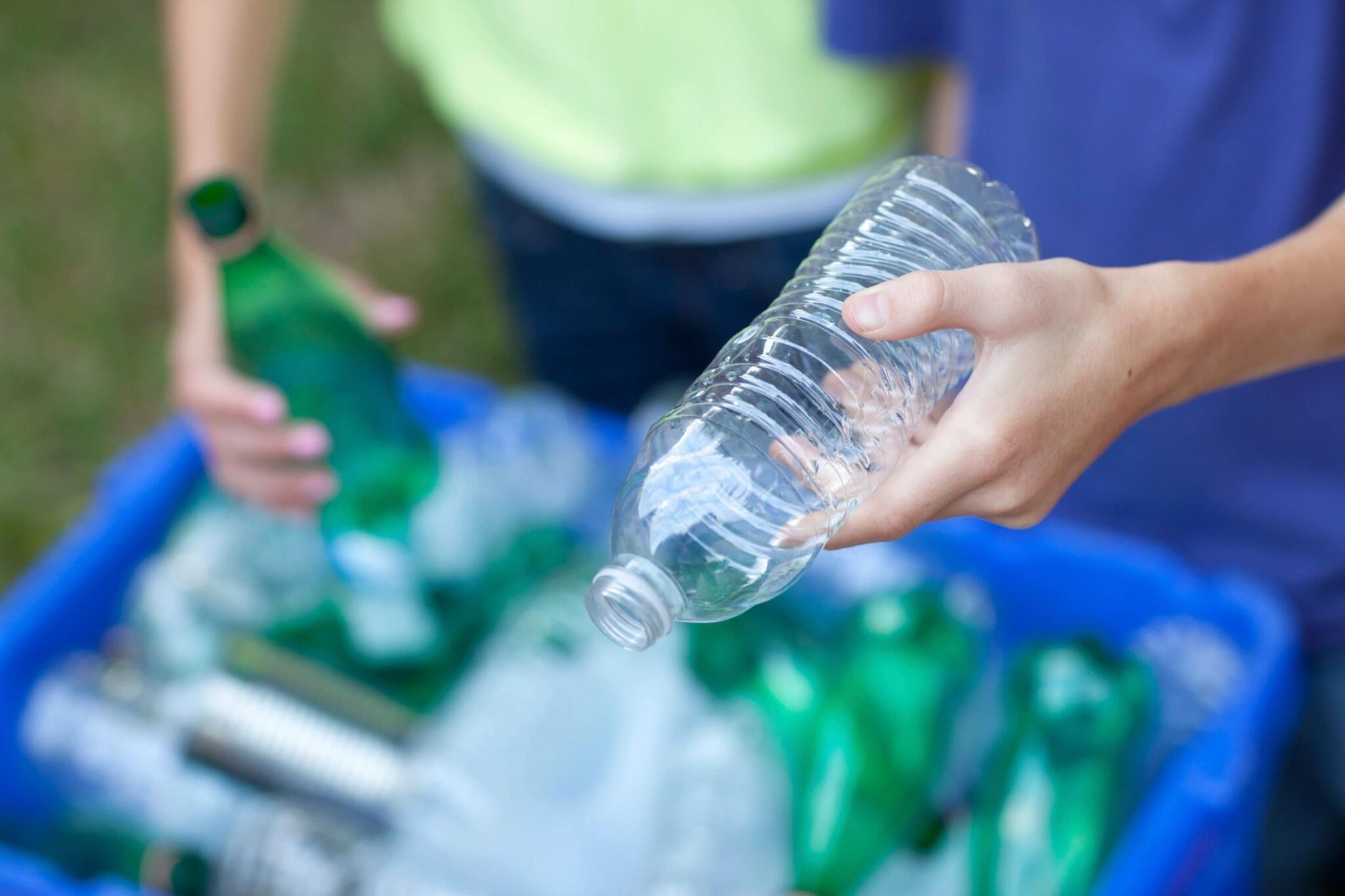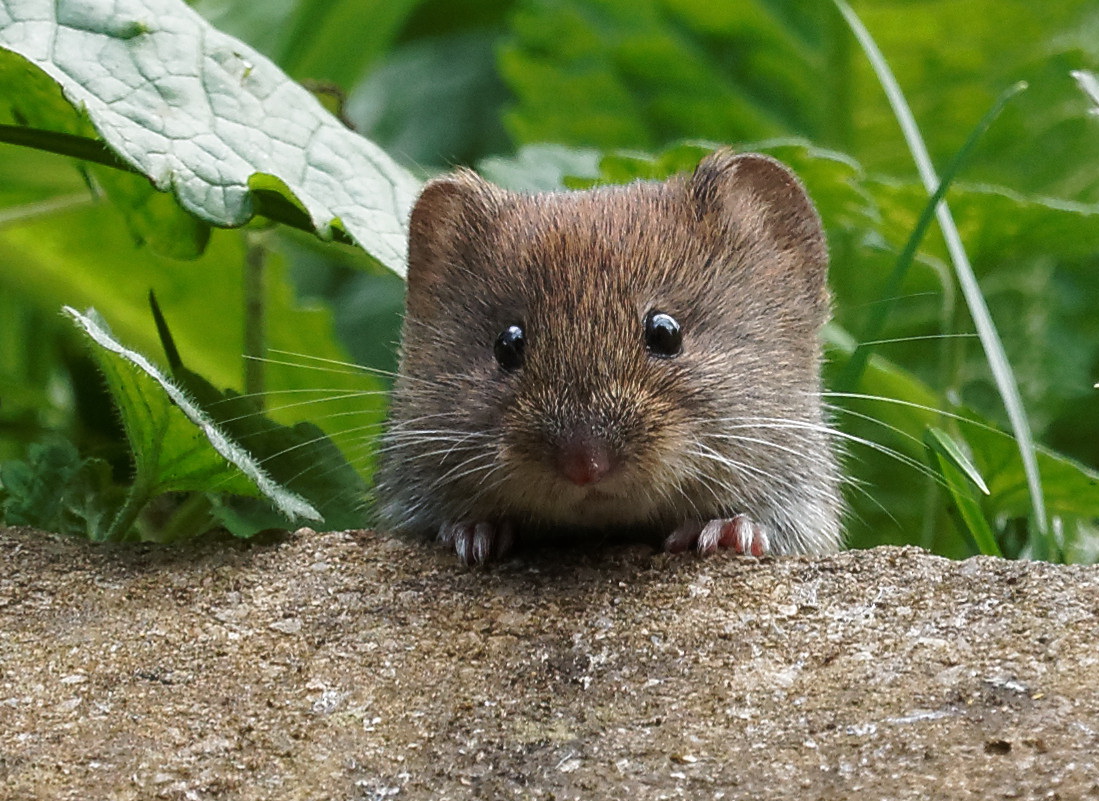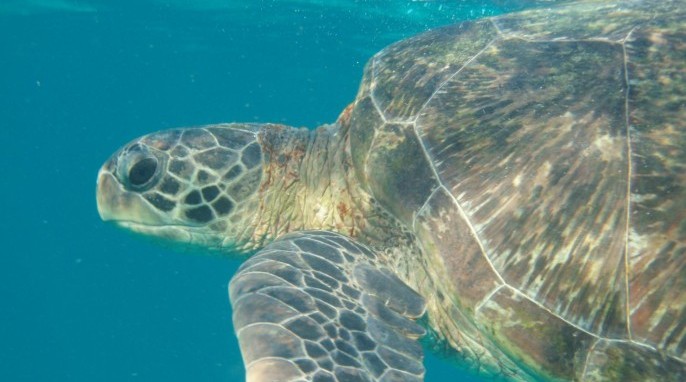A common bacterium, Comamonas testosteroni, might hold the key to breaking down and recycling plastic waste on a large scale.
Currently, we recycle plastic waste by mechanical processing, but, globally, we succeed in transforming only 9% of it into useful material. With these infamously low rates, it is no wonder that humanity is very far away from a complete circular economy of plastics—a model where plastics are reused or recycled at the end of their life span. Now, a research group from Northwestern University has discovered the metabolic processes a common bacterium in nature, Comamonas testosteroni, uses to be able to feed on complex plastic molecules and lignin—a key compound in the tissue structure of woody plants. In addition, they showed that they can control some of these metabolic processes with the aim to generate end products readily useful for industrial applications. Effectively, the C. testosteroni could be the solution for creating an efficient, scalable system of recycling plastics.
Unveiling the metabolic routes of plastic recycling
The investigation team led by Dr. Aristilde, an associate professor of civil and environmental engineering at Northwestern’s McCormick School of Engineering, has chosen to study a specific strain of the bacterium C. testosteroni that was previously found to degrade laundry detergents in wastewaters. Unlike other studied bacteria that prefer to feed on sugars, the C. testosteroni lack the genes required to digest carbohydrates.
Instead, its genetic makeup enables it to break down the long chains of carbon atoms present in the molecules of plastics. In other words, C. testosteroni degrades the plastic chemicals step-by-step and creates new by-products by triggering special metabolic pathways—a setup of biochemical reactions that enable one chemical to transform into another in living organisms.
In the current study, the scientists used a comprehensive approach and incorporated four different techniques to analyze the metabolic routes of carbon processing in C. testosteroni. Broadly speaking, they combined scientific fields that use automated techniques to measure a very large number of biological samples and study their behavior. Independently of which type of biological molecules is studied, we recognize these scientific disciplines by the suffix “-omics” at the end of their name.
Overall, the researchers carried out experiments related to four “omics” areas: the study of RNA molecules that carry the information of the DNA genetic code (known as transcriptomics), the study of proteins (known as proteomics), the study of metabolites that are the intermediate products of metabolic reactions (known as metabolomics), and the study of the direction of biochemical reactions (known as fluxomics).
By combining the four “omics”-based techniques, Aristilde discovered that C. testosteroni not only can process the carbon atoms in plastic molecules but it does so by activating different metabolic pathways. Depending on which pathway is triggered, this species is able to produce different by-products that could be used in future industrial applications. For instance, they report biosynthetic materials were produced that could be suitable for creating brand new plastics, leaving behind the current method of manufacturing plastics using fossil fuels.
From mechanical to biological plastic recycling
Most people are conscious of the drastic effects plastics have on public health and natural ecosystems. As a result, they are willing to separate the different types of wastes meticulously and throw them away in the correct containers. However, few know that only one out of ten plastic bottles is really recycled.
Today, the most common method of recycling involves mechanical processing steps such as collecting, sorting, shredding, and finally converting specific types of plastic waste into small homogeneous pieces ready for new industrial use. However, mechanical recycling is so laborious and expensive that the majority of plastic waste ends up in incinerators or landfills. Furthermore, plastic materials tend to become weaker and inappropriate for manufacturing after two or three rounds of processing because their long molecules break into smaller units. On the other hand, additives or impurities accumulate in the plastic waste because it is practically impossible to remove them, and as result their quality deteriorates.
RELATED: Reformulate, Reshape, Recycle! The Future of How to Make Plastic
To overcome the limitations of mechanical recycling in recent years, different research projects have studied how to use bacteria for processing plastic molecules. They typically focus on species that have been extensively studied before, like the model species Escherichia coli. This is a natural sugar-eating bacteria and can only feed on plastics if it is genetically modified. Then it produces enzymes that allow it to decompose certain types of plastic waste, but not all. In some cases the modified bacteria may even require special conditions like high temperatures, external chemical catalysts, or prolonged processing times. Altogether, genetic engineering and setting up special environments would make plastic bioprocessing as (or more) laborious and expensive as mechanical recycling. As long as companies can buy new plastic derived from fossil fuels cheaply and easily, plastic recycling based on biological solutions is far from reaching mass commercial application.
In contrast to previous experimental attempts to engineer bacteria for plastic recycling, Professor Aristilde and her team believe that it would be easier to modify C. testosteroni due to its native metabolic mechanisms for carbon processing. Discovering C. testosteroni is, especially, a promising step for creating a model of a complete circular economy where plastics are not only degraded but turned into useful materials. The next goal of the researchers is to study the metabolic mechanisms that result in specific by-products.
References
OECD. (2022). Global Plastics Outlook: Economic Drivers, Environmental Impacts and Policy Options. OECD Publishing. https://doi.org/10.1787/de747aef-en
Wilkes, R. A., Waldbauer, J., Caroll, A., Nieto-Domínguez, M., Parker, D. J., Zhang, L., Guss, A. M., & Aristilde, L. (2023). Complex regulation in a Comamonas platform for diverse aromatic carbon metabolism. Nature Chemical Biology. https://doi.org/10.1038/s41589-022-01237-7

About the Author
Rachil Koumproglou is a Plant Scientist with a genuine passion for sustainable solutions. She holds a MSc in Science Communication and is an enthusiast reader of classical literature. Find her on LinkedIn: https://www.linkedin.com/in/rachil-koumproglou-a3926a96/.




